AI can help guide you to ask the right questions. When it comes to data visualization, users are responsible for the input of that data also known as the prompt, making the output only as good as the information given. This forces users to think more technically about what they are trying to communicate, whether it be through AI imaging or writing. This sounds easy enough but putting your thoughts into words can easily stump an otherwise seemingly simple workflow.
Luckily….there’s an AI tool to overcome this AI obstacle. The answer lies within training your own LLM. Even better, there’s no coding involved. Using Playform’s no-code-art-generation intelligence users can input a variety of images that the AI will train, reference and generate to produce a product based on the visual input. This tool allows user to create calculated and unique imagery.

Gen AI tools can be integrated into aspects of a brand’s creative development process. For example, using Playform’s two input feature, two distinct brands can input their visual identities to generate inspirational prototypes for a potential collaboration.
To test this hypothesis, I chose to explore what a collaboration between a coffee company and a florist might look like. I uploaded the brand identity of the fictitious coffee shop called Drip into the Inspiration input which informs the shapes and contours of the results. In the Style input, which determines all the stylistic elements of the results, I added AI-generated bouquets that our fictitious florist had designed.
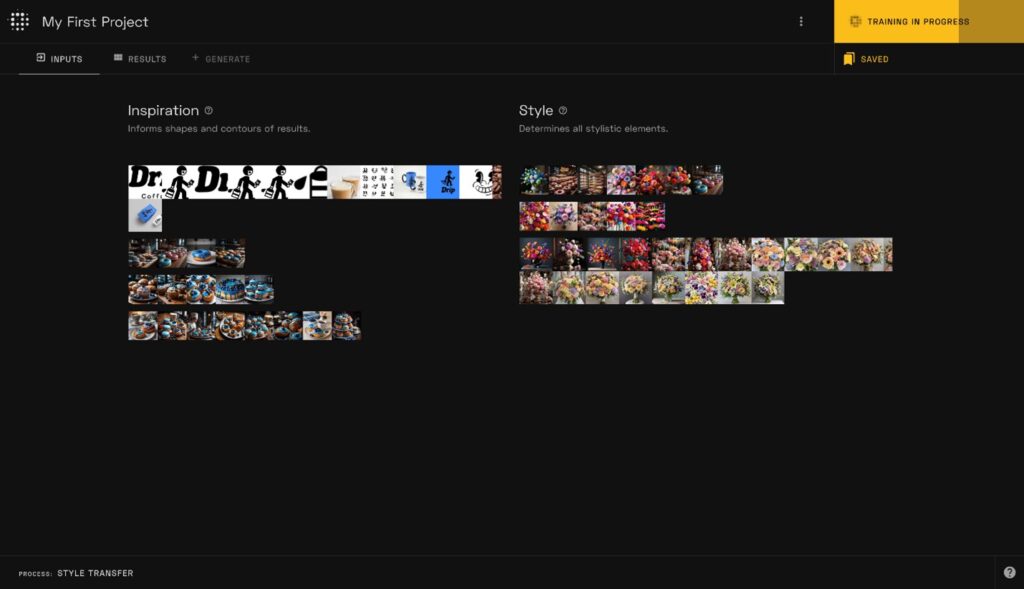
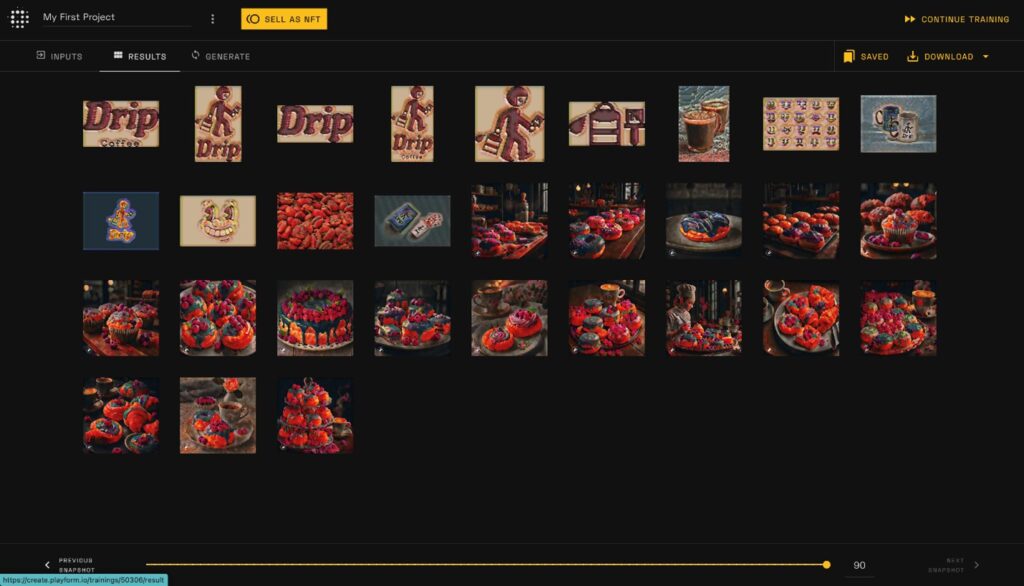
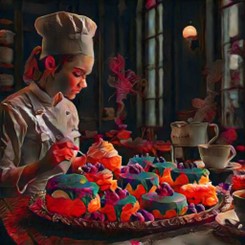
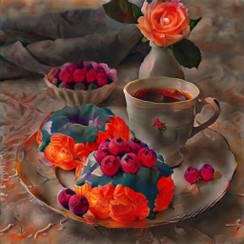
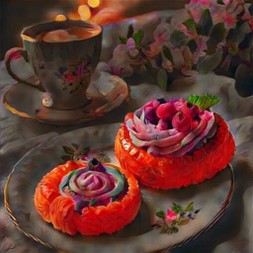
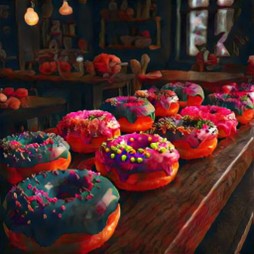
The result was surprisingly successful given the AI had only been trained on the images for 1 1/2 hours which is half the recommended training time for this model (3+ hours requires a subscription). This implies the longer the training the more successful the product, but are the images media ready? Absolutely not. However, this test provided a visual inspiration of what is possible for these brands. This is how AI should be utilized – not to fully automate the work, but as a tool to help spark creative inspiration.
Caroline Shank


